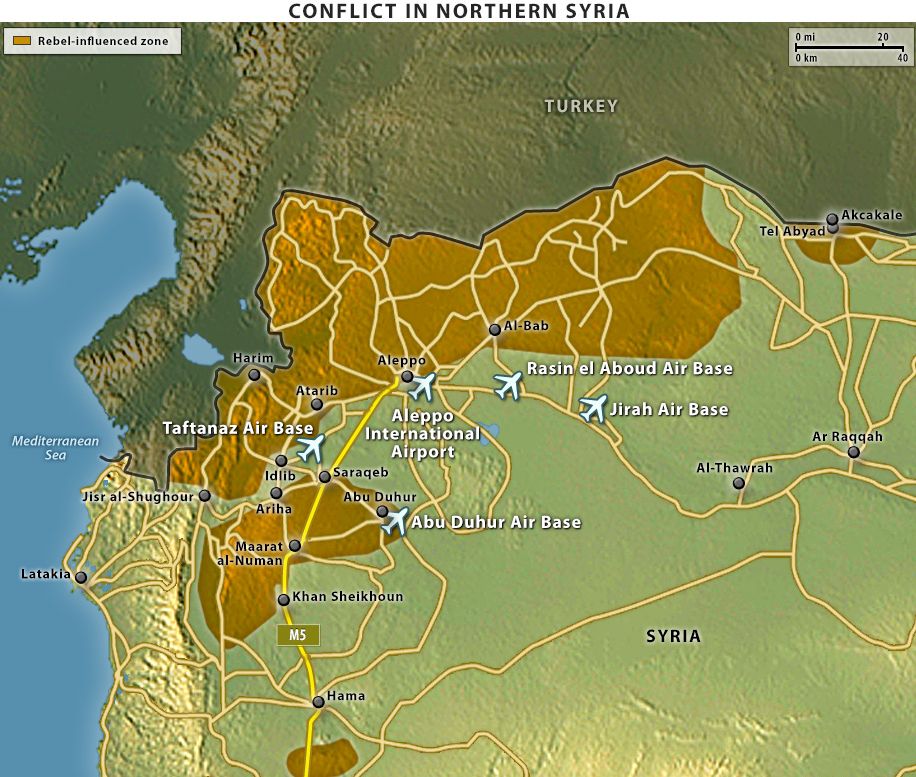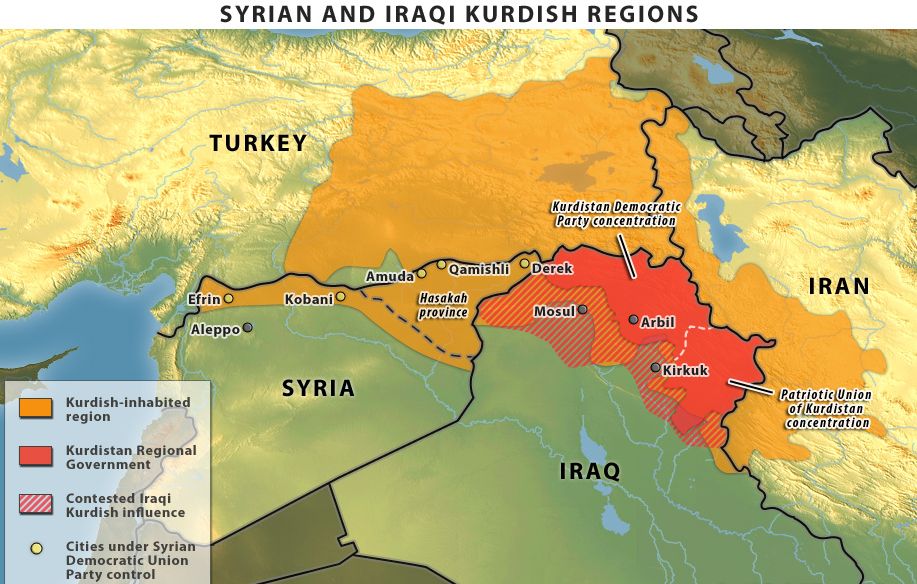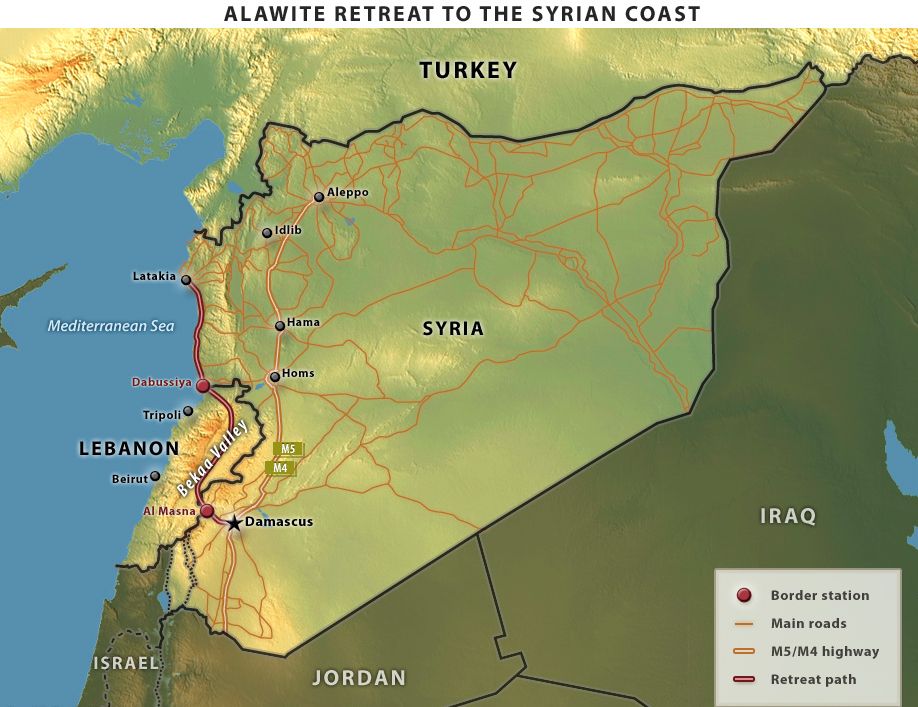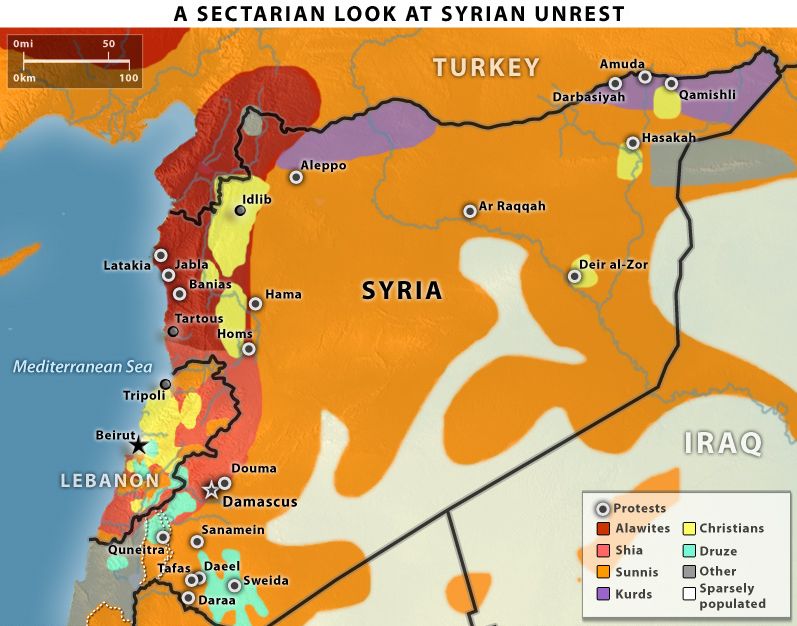Following the events from a week ago a tenuous calm
has prevailed in Lebanon. However, a closer look at the activities of Lebanon's
radical Sunni Islamist groups and Shiite militant organization Hezbollah reveals that something is afoot. For one
there are indications that various Lebanese Sunni Islamist groups are
collaborating in an effort to mobilize a militia to
fight in Syria. At the same time Hezbollah is planning to do likewise.
Assad planning for after collapse of his regime
On 1 October in our
prediction for this quarter we wrote that: The Syrian regime is weakening but
is unlikely to collapse by or before the end of 2012.The longer the war lasts,
the higher the probability that Syria will experience a "Lebanonization," which could ultimately see the al Assad regime and the Alawites devolve into just
another clan among many fighting from a regional position rather than as a
national entity.
In fact a decision for the deployment of
peacekeepers ("blue helmets") by the end of December in Syria is
currently the most likely outcome. Yet at the same time it appears that rebels'
gains in the north might soon be irreversible.

Thus Syria's beleaguered president, Bashar al Assad, might
be charting a course of events in his country after the possible collapse of
his regime. Post-al Assad Syria will not turn into a democracy; instead, it
will emerge as a country thoroughly fragmented along ethnic, sectarian and
regional lines. Al Assad has definitely succeeded in
pitting not only Kurds against Arabs but also against fellow Kurds who are
allied with the Free Syrian Army.
The FSA should not rejoice over the fact that Kurds are engaged in
fratricide because it has happened before among Kurds in Turkey and Iraq. That
tribal Kurds are divided has not prevented them from eventually presenting
themselves as a serious challenge to the central government. Syrian Kurds are
currently going through the same phase of communal solidarity and political
evolution that their brethren elsewhere in the region went through years ago. A
main political fault line in post-al Assad Syria will be between
Arabs and Kurds.

Syria's complex demographics make it a difficult country to rule. It is
believed that three-fourths of the country's roughly 22 million people are
Sunnis, including most of the Kurdish minority in the northeast. Given the
volatility that generally accompanies sectarianism, Syria deliberately avoids
conducting censuses on religious demographics, making it difficult to
determine, for example, exactly how big the country's Alawite minority has
grown.
Alawite power in Syria is only about five decades old. The Alawites are
frequently (and erroneously) categorized as Shia, have many things in common
with Christians and are often shunned by Sunnis and Shia alike.
Between 1920 and 1946, the French mandate provided the first critical
boost to Syria's Alawite community. In 1920, the French, who had spent years
trying to legitimize and support the Alawites against an Ottoman-backed Sunni
majority, had the Nusayris change their name to
Alawites to emphasize the sect's connection to the Prophet's cousin and
son-in-law Ali and to Shiite Islam.
The Sunnis quickly reasserted their political prowess in post-colonial
Syria and worked to sideline Alawites from the government, businesses and
courts. However, the Sunnis also made a fateful error in overlooking the heavy
Alawite presence in the armed forces.
Thus the second major pillar supporting the Alawite rise
came with the birth of the Baath party in Syria in 1947. For economically
disadvantaged religious outcasts like Alawites, the Baathist campaign of
secularism, socialism and Arab nationalism provided the ideal platform and
political vehicle to organize and unify around.
In a remarkably short period, the 40-year reign of the al Assad regime
has since seen the complete consolidation of power by Syrian Alawites who, just
a few decades earlier, were written off by the Sunni majority as powerless,
heretical peasants.
Also today Syria's Sunni Arabs will not be able to benefit
from the comfort of their majority status -- they constitute 60 percent of the
country's total population -- because they are segmented along regional lines
as well as urban vs. rural lines. There is little in common between the
metropolises of Damascus and Aleppo. The latter had always turned to Mosul and
Baghdad, whereas the former had historically identified with Egypt and locally
felt much closer to the cities of Beirut, Tripoli and Jerusalem. There is no
Kurdish issue for the residents of Damascus because Kurds there have been
"Arabized" over the centuries. The vast countryside of Aleppo has
left more than 700,000 rural Kurds bitter, alienated
and unaffected by the city's rise as the country's economic hub. Whereas Turkey
appears positioned to establish itself as the regional hegemon in northern
Syria, the Hashemites in Jordan will certainly try to carve for themselves a
unique place in southwestern Syria, including Damascus, which they see as a prize.
Syria's Alawites on the coast are readying themselves to eventually ally
with Maronites in northern Lebanon and Shia in the northern Bekaa area.

Hezbollah's military activity along the Orontes River Basin points in
that direction.
In the end Syria may maintain its status as a unitary state, but it will
emerge as a highly unstable and fragmented country. The struggle for Syria that
predominated the country's politics during the 1950s will most likely resume on
a much larger scale this time. Should al Assad physically survive his country's
bloody conflict, he will be able to tell his critics, "I told you
so."
If a currently discussed UN deployment of peacekeepers ("blue
helmets") in Syria where to be agreed upon it would come at the expense of
Saudi Arabia, France, Qatar and Turkey - all of whom back the Syrian revolt and
demand regime change in Damascus. This anti-Assad coalition is now split
between those demanding a compromise solution and those trying to sabotage the
process underway between Washington and Moscow. However
nobody knows what Assad or Tehran will do, Assad may veto the project; so too
might Tehran.
Given the precarious position in which the regime finds itself in the
north, it has reportedly already begun contingency planning for the next stage
of the war. In a case where regime forces are overwhelmed in Aleppo and Idlib,
large numbers of troops will continue to be stationed in Damascus while forces
in the north will fall back on Hama and Homs to maintain a secure line of
communication to the Alawite coast. Although the rebels will continue to face
considerable opposition from a still-heavily armed regime force, their
strategic position will have improved.

For updates click homepage
here